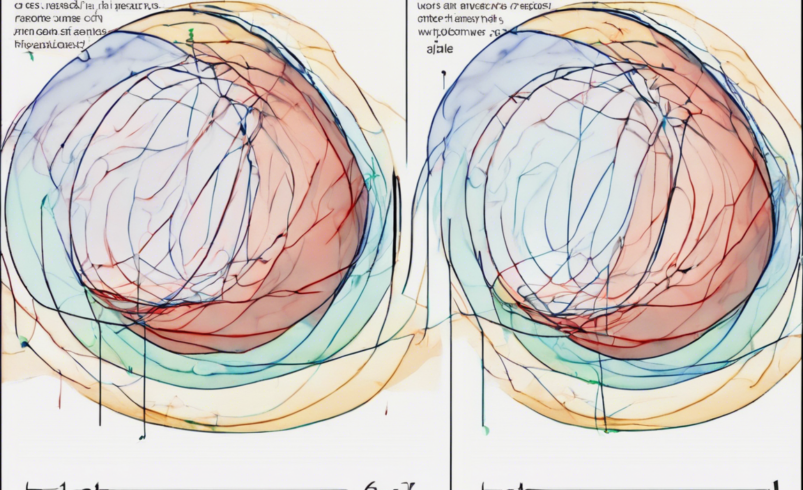In the study of waves, particularly in physics and engineering, understanding phase difference in stationary waves is crucial. Stationary waves are formed by the superposition of two waves with the same frequency and amplitude traveling in opposite directions. This phenomenon leads to points along the medium that appear to be standing still, known as nodes, and points that undergo maximum displacement, known as antinodes.
What is Phase Difference:
In simple terms, phase difference is a measure of how “in step” or “out of step” two waves are with each other at a particular point in time. It indicates the relative position of two waveforms with respect to time, typically measured in degrees or radians.
Phase Difference in Stationary Waves:
In the context of stationary waves, phase difference is crucial in determining the behavior of the wave pattern. At the nodes of a stationary wave, the two waves that create the pattern are perfectly in phase. This means that the crests of one wave align with the crests of the other, and the same is true for the troughs.
At the antinodes, however, the two waves are perfectly out of phase. This means that the crest of one wave aligns with the trough of the other, resulting in constructive interference and the maximum amplitude of the wave at that point.
Calculating Phase Difference:
The phase difference between two waves can be calculated using the following formula:
[ \text{Phase Difference (radians)} = \frac{2\pi}{\text{Wavelength}} \times \text{Path Difference}]
Where:
– (2\pi) is a full cycle in radians.
– Wavelength is the distance between two consecutive points that are in phase.
– Path Difference is the difference in the distance traveled by the two waves.
Understanding the Formula:
-
Wavelength:
The wavelength of a wave is the distance between two consecutive points in the same phase of the wave. In a stationary wave, the distance between two consecutive nodes or antinodes represents the wavelength. -
Path Difference:
The path difference is the discrepancy in the distances traveled by the two waves. It accounts for the difference in starting points or the time delay between the waves reaching a particular point.
By multiplying the fraction of the full cycle by the path difference, we can determine how much of a cycle one wave is ahead or behind the other at any given point.
Applications of Phase Difference:
-
Musical Instruments:
In musical instruments like stringed instruments and wind instruments, understanding the phase difference in stationary waves is crucial for producing harmonious sounds. The manipulation of nodes and antinodes influences the pitch and quality of the sound produced. -
Interference Patterns:
In physics, phase difference plays a vital role in understanding interference patterns. By knowing the phase relationship between two interfering waves, scientists can predict whether the interference will be constructive or destructive. -
Optics:
In optics, phase difference is used to describe the alignment of waves in phenomena like interference, diffraction, and polarization. It helps in analyzing and manipulating light waves for various applications.
Practical Example:
Imagine two waves traveling in opposite directions along a rope. At a certain point, the first wave has traveled 3 meters, and the second wave has traveled 2 meters. If the wavelength is 1 meter, we can calculate the phase difference as follows:
[ \text{Phase Difference (radians)} = \frac{2\pi}{1} \times (3 – 2) = 2\pi \text{ radians}]
In this example, the waves are perfectly in phase, indicating that they will constructively interfere at that point.
FAQs:
1. What is the significance of phase difference in stationary waves?
– Phase difference determines the points of constructive and destructive interference in stationary waves, affecting the amplitude and behavior of the wave pattern.
2. How does phase difference impact sound production in musical instruments?
– In musical instruments, manipulating the phase difference between waves influences the pitch, timbre, and overall quality of the sounds produced.
3. Can phase difference be negative?
– Yes, phase difference can be negative, indicating that one wave is lagging behind the other in terms of phase.
4. How is phase difference different from frequency?
– Phase difference refers to the relative position of two waveforms in time, while frequency measures the number of cycles of a wave per unit time.
5. What tools are used to measure phase difference in experimental setups?
– Oscilloscopes, phase meters, and software-based tools are commonly used to measure and analyze phase differences in experimental setups.
In conclusion, phase difference in stationary waves is a fundamental concept in wave theory with applications in various fields. By understanding and calculating phase difference, scientists and engineers can predict wave behaviors, manipulate wave patterns, and design technologies based on wave principles.





